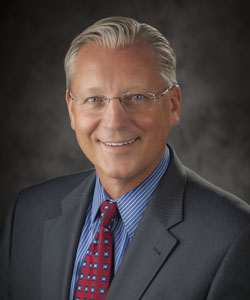Leadership & Business Podcast
 Leadership & Business is an award-winning podcast series. It features the latest and best thinking from today's business leaders from across the world. Each episode features subject matter experts discussing strategies, tactics and information to help you become a more effective leader, communicator, and professional.
Leadership & Business is an award-winning podcast series. It features the latest and best thinking from today's business leaders from across the world. Each episode features subject matter experts discussing strategies, tactics and information to help you become a more effective leader, communicator, and professional.
Launched in 2015, Leadership & Business is produced by William & Mary's Raymond A. Mason School of Business. Ken White, Associate Dean, Graduate Business Programs and former award-winning broadcast journalist, hosts the podcast.

























































































































































































































